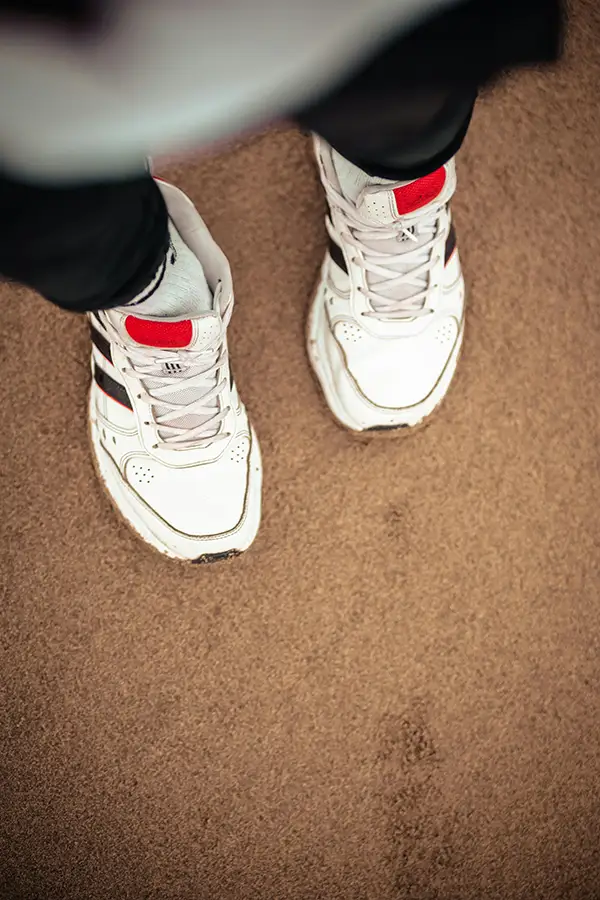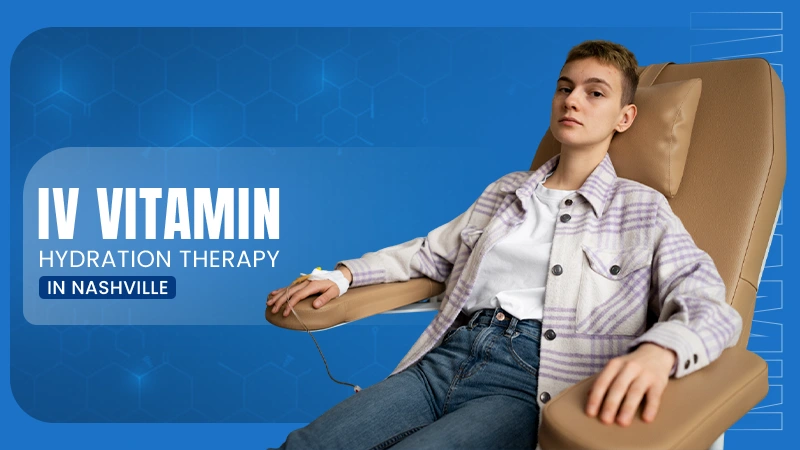
The incredible journey toward independent mobility stands as a cornerstone of human development and rehabilitation. Isn’t it amazing how modern gait training solutions have transformed the way healthcare professionals approach mobility challenges? These innovative approaches are opening new doors and creating practical solutions for people facing various physical limitations, making what once seemed impossible increasingly achievable. This approach has been proven effective by industry professionals who understand the nuances involved.
Understanding Gait Training Fundamentals
Let’s dive into what makes gait training so essential. Did you know that roughly 15% of adults over 65 struggles with significant gait problems? Even more striking is that nearly 40% of children with developmental delays need specialized mobility support. This systematic approach to improving walking patterns isn’t just about moving forward, it’s about creating harmony between coordinated movements, balance, and strength development.
When starting this journey, healthcare professionals conduct thorough assessments to understand each person’s unique needs. They carefully evaluate muscle strength, joint flexibility, balance capabilities, and overall coordination. During these vital rehabilitation sessions, physical therapists rely on a gait trainer to provide crucial support and stability while patients develop natural walking patterns. The numbers tell an encouraging story, early intervention, especially in pediatric cases, can boost success rates by up to 60% compared to delayed treatment approaches.
Advanced Technologies in Modern Mobility Solutions
The technology revolution hasn’t left mobility assistance behind. Today’s devices incorporate impressive features that would have seemed like science fiction just decades ago. These smart systems now include sensors that provide instant feedback on weight distribution, posture, and movement patterns. The results speak for themselves, patients using these technology-enhanced devices are reaching their mobility goals 40% faster than those using conventional methods.
What’s particularly exciting is how this smart mobility solutions adapt to each person’s needs. Think about dynamic weight-bearing systems that automatically adjust support levels as patients progress, offering anywhere from complete support to gentle guidance as needed. This technological leap hasn’t just improved efficiency; it’s boosted patient confidence during rehabilitation by an impressive 35%.
Benefits of Structured Gait Training Programs
The advantages of well-designed gait training programs are remarkable and far-reaching. Clinical studies have revealed some impressive outcomes:
– Fall risk in elderly patients drops by up to 45% – Cardiovascular health shows a 25% improvement in endurance, Muscle strength increases by about 30% within just 12 weeks, an astounding 85% of participants report increased confidence and independence
Real success stories bring these statistics to life. Take Sarah, a vibrant 7-year-old with cerebral palsy, who transformed from complete dependence to assisted walking in just six months. Or consider Robert, a determined 68-year-old stroke survivor, who reclaimed 80% of his original mobility through dedicated training.
Best Practices in Implementation
What makes a gait training program truly successful? Healthcare professionals emphasize several crucial elements:
1. Individualized Assessment and Goal Setting, Regular evaluations every 2-3 weeks, Clear, achievable objectives, Flexible program adjustments based on progress
2. Progressive Challenge Integration, Starting with manageable 10–15-minute sessions, Weekly increases of 5 minutes in duration, Gradual introduction of varied terrain and obstacles
3. Safety Protocol Implementation, Regular equipment maintenance checks, Proper positioning and support techniques, Adherence to safety guidelines
Future Developments and Innovations
The horizon of mobility assistance keeps expanding with exciting new possibilities. What’s coming next? Keep an eye on these emerging trends:
– Virtual reality systems that make rehabilitation more engaging, AI-powered support mechanisms that learn and adapt, Remote monitoring capabilities for better tracking, more portable, lightweight solution options
Research suggests these innovations could boost rehabilitation success rates by an additional 25-30% over current methods.
Conclusion
The impact of modern gait training solutions continues to ripple through the rehabilitation field, changing lives one step at a time. By weaving together advanced technology, structured programs, and evidence-based practices, these solutions are opening new paths to mobility and independence. As innovations advance and accessibility grows, the future looks brighter than ever for those seeking to enhance their mobility. Success comes from choosing the right solutions, following proven protocols, and maintaining unwavering dedication to the rehabilitation journey.
Implementing these strategies requires dedication and attention to detail, but the results speak for themselves when applied consistently. Professional success in this area depends on understanding both the fundamental principles and the practical applications that drive meaningful outcomes. Organizations that prioritize these approaches typically see sustained improvements in their operations and overall effectiveness.










